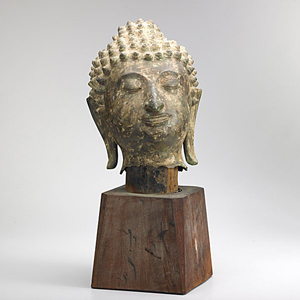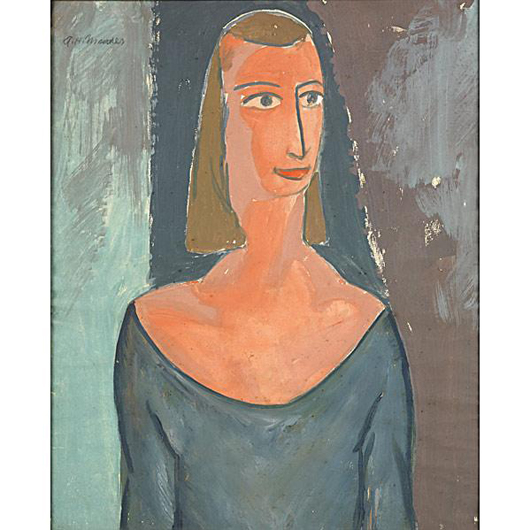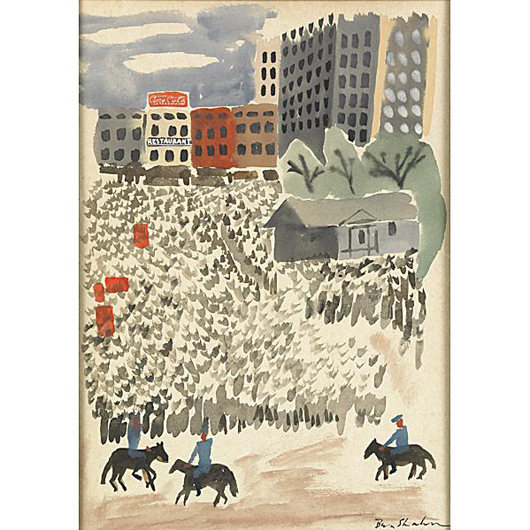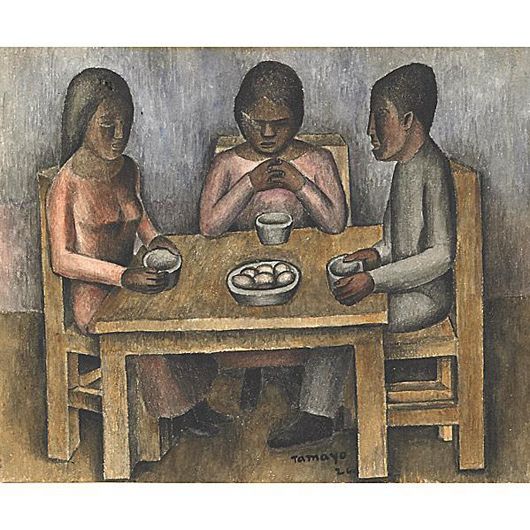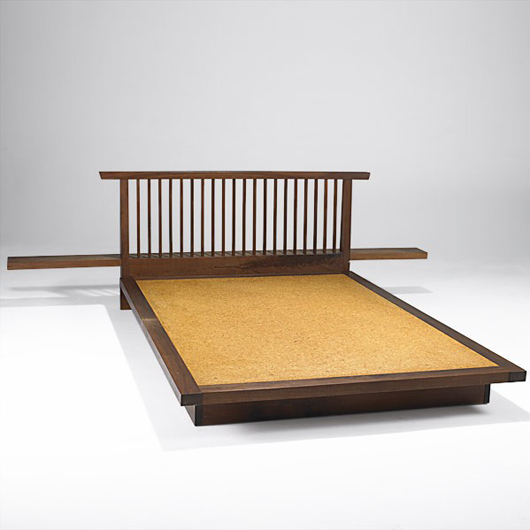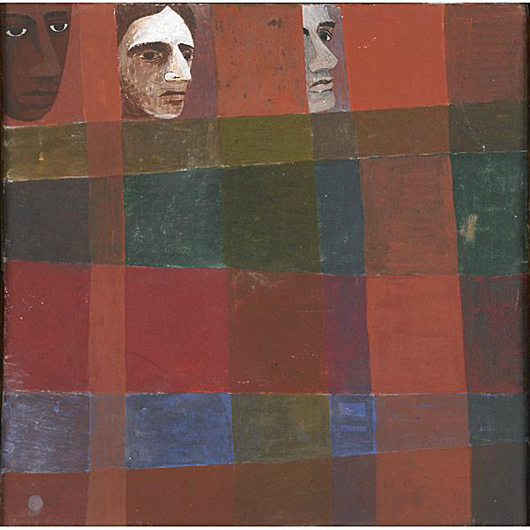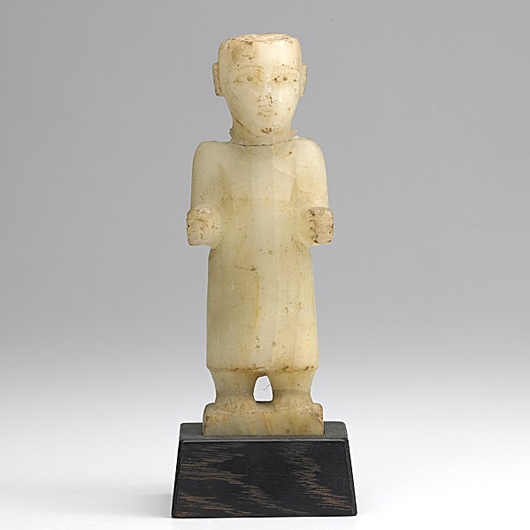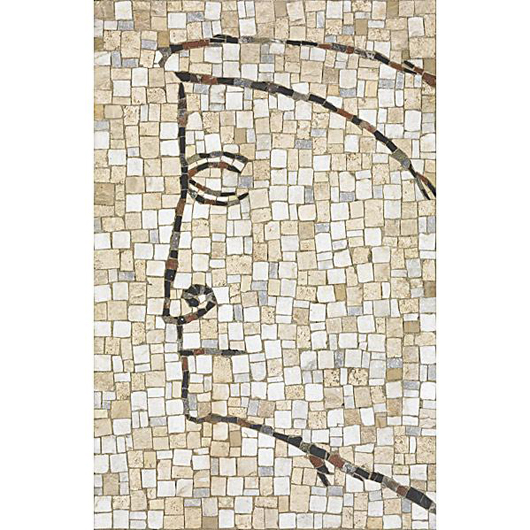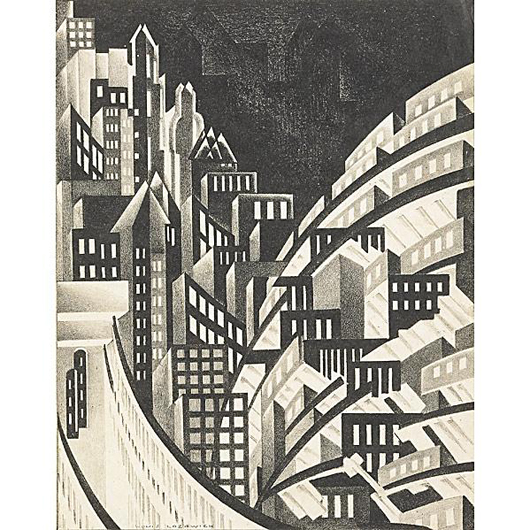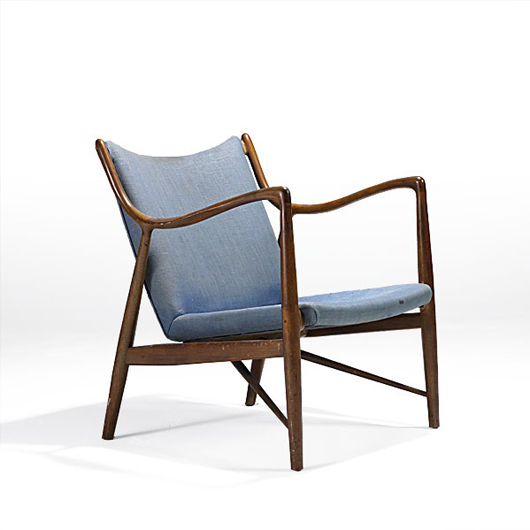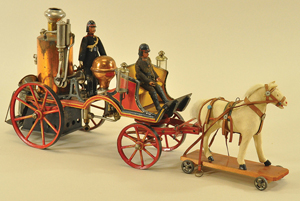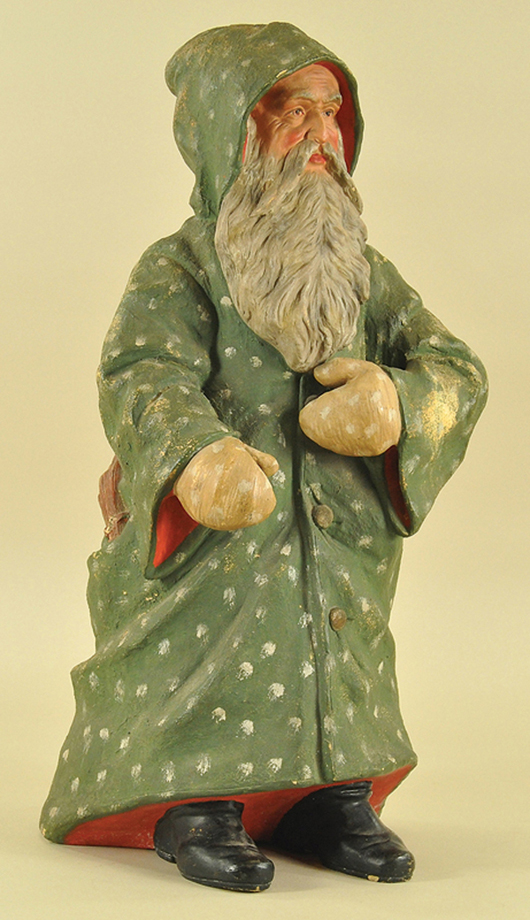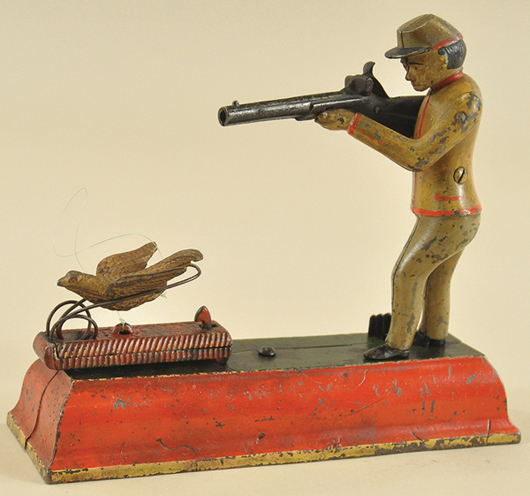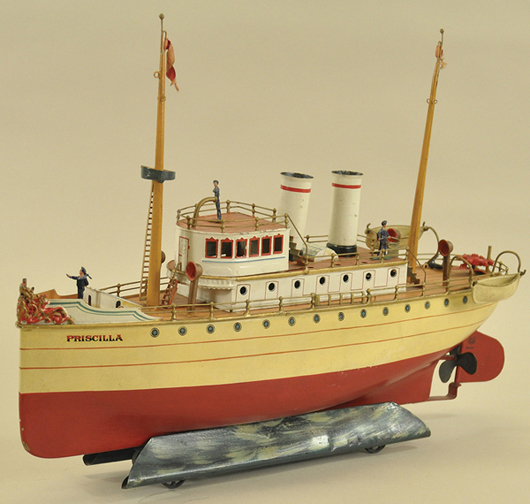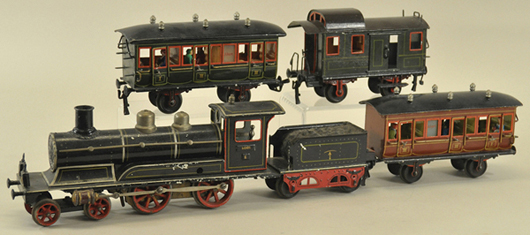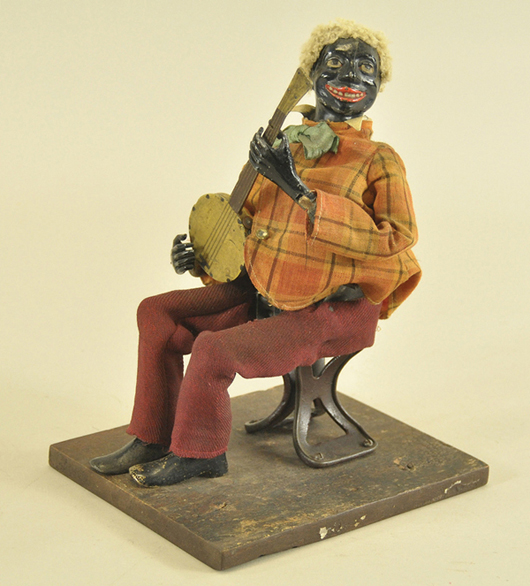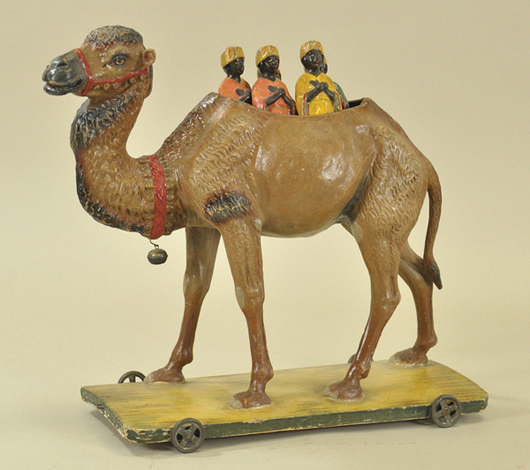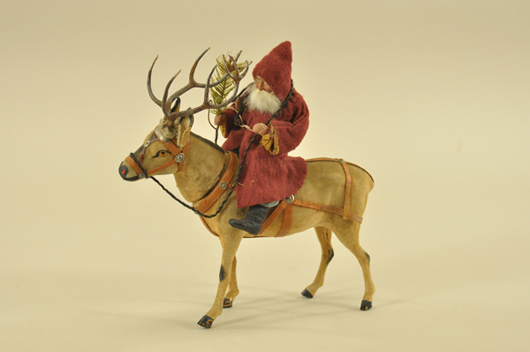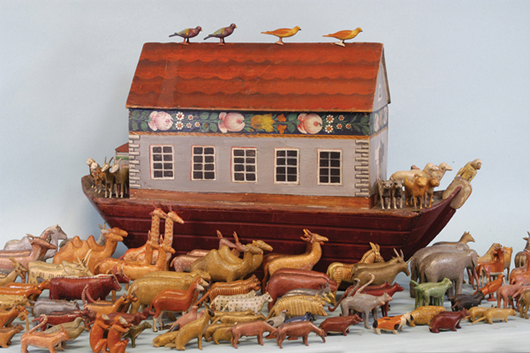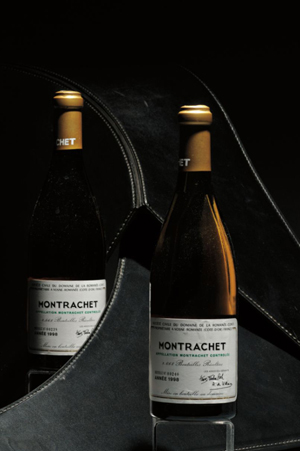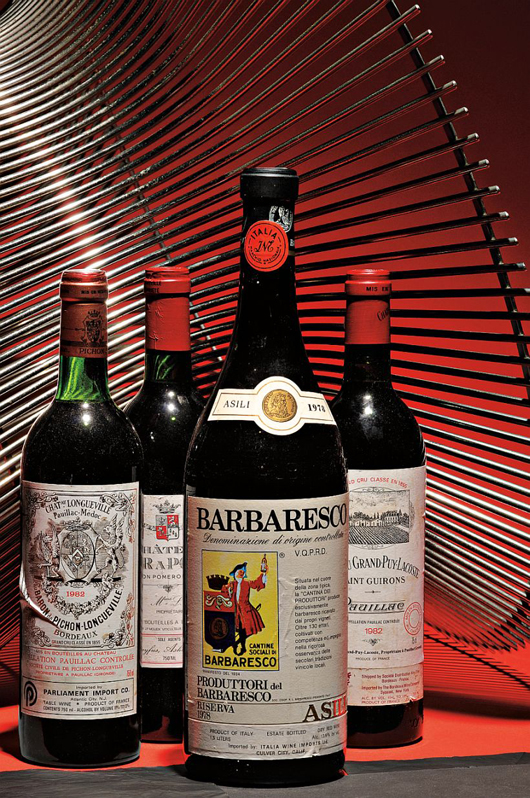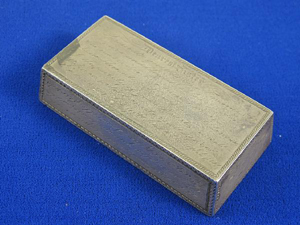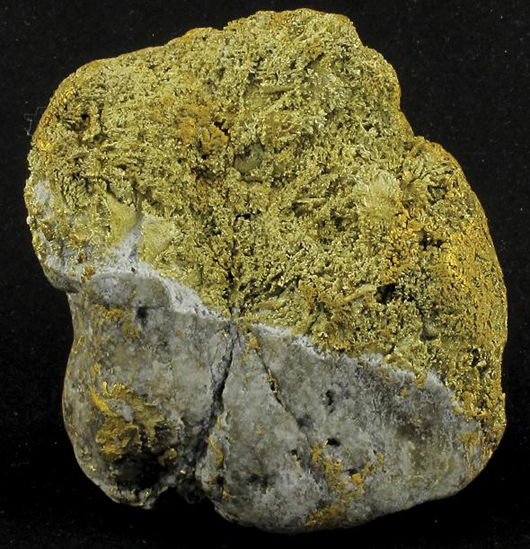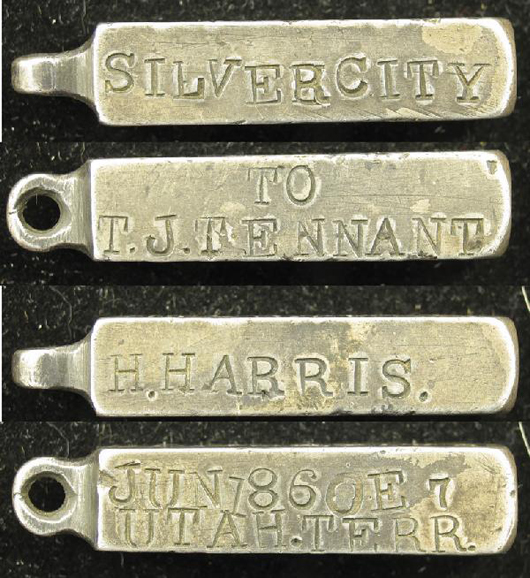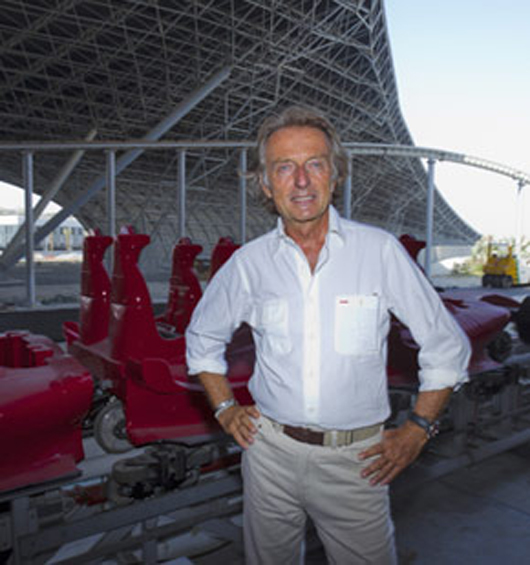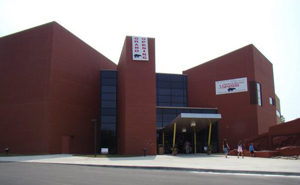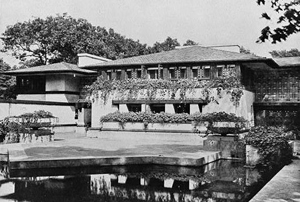NEW YORK (AP) – In a clattery, uptown bistro, not far from the studio where he once watched his father paint bold abstract masterpieces, Earl Davis contemplates the greatest loss of his life.
Not his beloved father, Stuart Davis, who died in 1964 when Earl was 12. Nor his father’s work, which Davis, an only child, spent three decades trying to document, preserve and showcase. Even the loss of the millions of dollars that the paintings were worth – Davis’ inheritance, swindled from him in the cruelest fashion – is not what hurts the most.
The biggest loss, Davis says, was the love and friendship of the man he admired and adored, a man he trusted with everything – his confidences, his dreams, his father’s life’s work.
Even now, several years after the unraveling of one of the most elaborate art frauds in history, Davis has nightmares about confronting Lawrence Salander, begging him for answers, for the truth.
Why did the art dealer spend decades cultivating his friendship even as he sold more than 90 of father’s paintings behind his back, dismantling a collection that Davis had sought so hard to preserve? How could he have collaborated with Davis for 23 years, working together on an exhaustive catalog that detailed the story behind every Stuart Davis work, only to be sentenced before it was published?
What of the more mundane things – those endless, richly satisfying conversations about art and philosophy and life? Was any of it real?
The same anguished questions have tortured dozens of other victims – from celebrities to wealthy collectors to artists and those managing their estates – defrauded of some $120 million by a man some call the Bernard Madoff of the art world, owner of a lavish Upper East Side gallery one luxury magazine called the best in the world.
Earlier this year, Salander pleaded guilty to 29 counts of grand larceny and fraud. In August, he was sentenced to six to 18 years in prison.
In court documents and testimony, the 61-year-old Salander outlined his schemes: How he would sell art he didn’t own, sometimes peddling the same painting or shares in a painting to two or more buyers. How he falsified records, lied to investors, submitted fraudulent loan applications, sold paintings that were for exhibit only, and pocketed the money to pay for private jets, his multimillion dollar Manhattan town house, his 66-acre estate upstate.
Was it all a great con from the start? Or did Salander, as some suggest, cross to “the dark side” of the art world, taking advantage of a strangely unregulated place where priceless works are often consigned to galleries with little more than a handshake, where trust is as important as receipts?
“Larry Salander took that which is the essence the art world – relationships – and violated it in the worst possible way,” says Ellyn Shander, a psychiatrist who lost her late father’s art collection to Salander. “He is a sly, manipulative sociopath, a con man with no soul.”
But others describe Salander as a misunderstood visionary who was passionate about great art, who nourished lesser known artists as well as established ones, who ultimately felt betrayed himself by the world he loved and the backers who once believed in him.
“Was he a cheat? Yes. Was he ruthless? Yes,” says artist Paul Resika, who exhibited with Salander for 19 years and lost much of his own art. “But he did great exhibitions that I consider a very high and moral thing to do. He did tremendous things for art.”
Resika is speaking on the phone from Cape Cod. In the background his wife cries out, in disgust: “Larry Salander was a villain.”
___
Ellyn Shander treasures childhood memories of the Sunday morning ritual with her father, Alexander Pearlman. They would take the train to Manhattan from their home in Queens, sometimes with her two sisters in tow, and spend the afternoon wandering through art galleries, inevitably winding up at the Salander-O’Reilly gallery on 79th Street. (Salander’s partner, William O’Reilly, retired from the gallery in 1997, but Salander kept the original name.)
Shander’s eyes glow as she sits in her Stamford, Conn., home and describes growing up in a house filled with art, how the children pretended to friends and neighbors that their father, a physician, was an amateur painter because they were afraid the work would be stolen.
The tiny figurative piece by Modigliani – the first her father ever bought. The vivid Monet seascape. Small Picassos and Cezannes.
All had their stories and memories. They were more than just objects, Shander says. “They were part of our life, part of our connection to our father.”
At the gallery, Shander remembers a stocky, balding, genial man who embraced her father and called him “Doc.” They would stroll through rooms filled with paintings – American modernists like Marsden Hartley and Albert Pinkham Ryder as well as works by Matisse, Corot, Constable, Rembrandt and El Greco – as the two men talked about the latest acquisitions. Her father, Shander says, loved Salander like a son.
And so after Pearlman died in 2004 at the age of 91, his daughters felt relieved when Salander drove to his home after the funeral and loaded the entire collection into a van “for safekeeping.” It was the last they ever saw of their father’s art.
“He walked in all concerned and crying for my dad, and he walked out with a $2 million-plus art collection that he stole. What kind of human being does that?” Shander cries.
And, she adds bitterly, what kind of a world lets him get away with it?
In fact, the art world, with its clubby nature and casual intimacy between dealers, collectors, galleries and artists, is particularly vulnerable to exactly the kind of fraud that Salander masterminded.
“It’s a world of relationships, friendships, handshakes,” says longtime Manhattan gallery owner Joan Washburn. “A world where you only deal with people you know and trust. And often, transactions are very informal.”
It’s also a world of fabulous wealth, enormous egos and creative pride. Artists, eager to have their work exhibited in the finest galleries, hand over paintings with few safeguards. Paper trails can be murky, especially with paintings or sculptures that are hundreds of years old. Title is not always clear. And the agreements that are signed when a work is handed to a gallery for sale or for exhibit offer little protection if the gallery owner is dishonest or goes bankrupt.
Art is also portable. It’s difficult to track whether a piece is in an exhibit, or a gallery or in storage, especially if a dealer is lying about its whereabouts.
Certain legal protections are available, such as filing a Uniform Commercial Code contract or lien that protects the title of the work. But in the art world that’s often considered unseemly, almost a violation of the very trust that is the heart of deals between galleries, collectors and artists.
So Salander was free to build his empire, and his reputation, by manipulating that trust.
By the time his gallery collapsed in October 2007, Salander had become a towering presence in the art world, a self-taught scholar who had risen from relatively modest beginnings managing his father’s small gallery in Manhattan and another in Wilton, Conn. An amateur painter himself (his oil depiction of the crucifixion is in the Smithsonian American Art Museum), Salander’s charm, his prodigious knowledge of art, his energy and passion were irresistible to many.
Tennis star John McEnroe, a serious art collector, apprenticed with Salander in 1993 and is the godfather of one of Salander’s seven children. Abstract expressionist painter Robert De Niro Sr., the late father of the actor, became Salander’s friend and exhibited at the gallery. Hedge fund executive Roy Lennox, a neighbor of Salander’s in Millbrook, N.Y., invested millions in various deals with the gallery. Later, he would describe them in court documents as “nothing more than an illegal Ponzi scheme.”
Earl Davis … Alexander Pearlman … John and Neelon Crawford, sons of the painter and photographer Ralston Crawford … T. Kinney Frelinghuysen, nephew of abstract artist Suzy Frelinghuysen who also represents the estate of her husband, artist George L.K. Morris. All were the recipients of Salander’s perceived bounty, and ultimately his betrayal.
“It was such a beautiful location and Larry was very personable and we were really looking to showcase the art and give Suzy and George a bigger market presence,” says Frelinghuysen, director of the Frelinghuysen Morris house in Lenox, Mass. Though apprehensive at first about leaving his old gallery and handing over so much work, Frelinghuysen was thrilled by the prospects of a magnificent exhibition, and flattered that Salander included some of the nephew’s original work. “I was very proud, and Larry was excited and happy.”
Other collectors and artists felt the same way, privileged to be in such a special place, filled with a sense of gratitude as they handed over valuable pieces.
Even staff at the gallery felt anointed by Salander. Paula Hornbostel, hired as a researcher in 1996, spent a thrilling 11 years at her dream job working for a boss and mentor who inspired her. Salander nicknamed her “Supe” – short for “superwoman” – because of her ability to verify the work of obscure pre-Raphaelite painters. In 2000 Salander flew her to Boston in a private plane and introduced her to the Gaston Lachaise foundation, whose directors were so impressed that they named her curator. Salander went to Hornbostel’s wedding. He offered to help publish her graduate work.
“It was just all so exciting and I was learning so much,” Hornbostel says, recounting traveling expeditions to Budapest and Prague, parties at Salander’s country estate, cozy dinners with artists at his favorite Italian restaurant, Girasole, on East 82nd Street. In 2004, when Salander rented the opulent Frick collection museum on 70th Street for a lavish 40th birthday party for his second wife, Julie, he hired Hornbostel’s sister, a baker, to cater the event.
But even as she was swept up in Salander’s magical world, Hornbostel wondered privately about how he was paying for it all. Her sister was having trouble getting paid. Hornbostel suspected others were, too. The gallery was simply not selling enough work to pay for its exhibits and overhead.
Hornbostel wasn’t the only one who questioned Salander’s lifestyle. In the fall of 2005, Salander moved the gallery to a 25,000-square-foot Italianate mansion on East 71st Street with lush velvet walls, a marble foyer and a rent of more than $150,000 a month. Many other gallery owners wondered if he was overstretched.
Salander talked grandly about bringing “soul” back to art, about acquiring the greatest collection of old masters and Renaissance paintings. He made no secret of his disdain for the astronomical sums of money paid by wealthy new collectors for pieces by contemporary stars like Jeff Koons and Damien Hirst. Art, he said, was the expression of the human soul. And America, he wrote, had become “a soulless society … one that would value a work of art by Andy Warhol or by Francis Bacon three times more than that of a great, late masterpiece by Rembrandt.”
Salander’s new gallery would change that. He was going to single-handedly restore the art market’s soul. Says Hornbostel, “He talked about it all the time.”
The art world was skeptical. Old masters don’t come on the market very often and their authenticity can be hard to trace.
“It was just a mystery to the rest of us, how he could afford it all,” Washburn says.
Then, almost overnight, the mystery was revealed.
___
For Davis, the first hint of trouble came in 2005 when he began asking basic accounting questions about hundreds of paintings and drawings stored with Salander. He was shocked to learn that several pieces had been sold without his permission. Salander stalled, promising that Davis would be paid, offering vague answers about the whereabouts of other works.
Though Davis trusted Salander implicitly, he was worried. There were rumors about cash-flow problems at the gallery, about others not getting paid, about paintings being sold without authorization. Trade magazines began were reporting on legal complaints by collectors, Salander’s former landlord, even his former partner, all saying they hadn’t been paid.
Salander kept reassuring his friend. “The only thing that could stand in the way of paying you would be my death,” he wrote in one 2006 e-mail. Little did Davis know that similar assurances were being sent to dozens of others.
Finally, when Davis demanded a return of all the work, Salander produced a favorite piece, Music Hall, from his father’s Ashcan period. Davis felt so relieved, he stopped asking questions, at least for a time. Some time later, according to Davis, Salander called apologetically and said he had been mistaken. Music Hall had in fact been sold to a collector years before and he was forced to return it. Davis says he eventually discovered that Salander had simply borrowed back the piece temporarily to falsely reassure his friend.
Later, dozens of similar tales would unfold, many of them detailed in the blizzard of lawsuits that eventually became part of the Salander saga. In the case of McEnroe, Salander persuaded him to buy half shares in two paintings, Arshile Gorky’s Pirate I and Pirate II. McEnroe later discovered that the shares, for which he had paid $2 million, already belonged to someone else.
“The level of deception was just staggering,” Davis says. “And the level of control.”
But things were spiraling out of control. By 2007 the lawsuits were mounting, as were questions about the gallery’s viability.
Salander’s response, in press reports, was to dismiss the lawsuits as disputes among friends. Everything would be resolved, he said. And the key would be one of the most ambitious exhibitions of old masters paintings ever mounted, a show called “Masterpieces of Art: Five Centuries of Painting and Sculpture,” to open in the fall of 2007. Anchoring the show: a rare Caravaggio on loan from a London dealer. It was called Apollo, the Lute Player, and Salander boasted that he could sell it for $100 million.
But that wasn’t enough to assuage the growing unease.
In Massachusetts, even before he learned of the lawsuits, Frelinghuysen became suspicious when a collector from California called to praise a piece he had just bought from the collection stored with Salander. The piece was not for sale. Salander assured Frelinghuysen that the gallery had made a mistake, and that he would be paid – the same assurances he was making to so many others.
Today Frelinghuysen says he feels not only betrayed, and guilty about losing his aunt’s work, but also painfully naive. “I was still thinking of Larry as a buddy, who believed in the integrity of the foundation,” he says. Court documents indicate that Frelinghuysen’s foundation was defrauded of 41 works worth more than $2 million.
In Connecticut, after reading about Salander’s troubles, Shander went directly to the gallery and demanded her father’s work. She was escorted out by a security guard. Later, she says, Salander called and “tried to sweet-talk me into a deal to sell five paintings and get paid over five months.” Shander refused. She found out later that part of the collection had been sold. The rest is now tied up in bankruptcy proceedings; even her lawyer says it is unlikely she or her sisters will ever retrieve it.
Brooklyn artist John Crawford, son of Ralston Crawford, experienced the same kind of stomach-churning unease when he requested an inventory of his father’s work. In 2007, sick of not getting answers, he drove his 1987 Dodge Dakota into the city, parked on 71st Street, marched into the gallery and loaded any of his father’s paintings that he could find.
In Wyoming, Crawford’s brother, Neelon, was beginning to feel desperate. Even three trips to Manhattan couldn’t get him a full accounting, or a meeting with Salander. Finally, tipped off by a sympathetic gallery worker some of his fathers’ paintings were about to be sold for far less than he had agreed, Crawford called New York City Detective Mark Fishstein in the art fraud division. As Crawford tells it, the detective made a short, laconic phone call to Salander.
“There’s a guy in Wyoming who wants his paintings, you understand? There’s a guy in Wyoming who wants to be paid, you understand? There’s a guy in Wyoming who wants everything shipped to him on a truck next Friday, you understand?”
The detective ended the conversation with a veiled threat to personally visit the gallery.
Most of the paintings were shipped by the end of the week. Crawford laughs heartily as he tells the story. But, he adds, “I feel a lot luckier than most.”
Hornbostel, Salander’s “superwoman,” was not so lucky. In her basement office, she recalls a creeping sense of doom as the gallery prepared for the Caravaggio show. Salander seemed grimly distracted, everyone else was busy, and Hornbostel couldn’t shake the feeling that something was terribly wrong.
It wasn’t until another staff member mentioned that a Lachaise sculpture Garden Lady was being boxed and carted off in a shipping truck upstairs that she panicked. She burst into Salander’s fifth-floor office, crying out that the piece was not for sale. With a grand gesture, Hornbostel recalls, he picked up the phone and announced, “There has been a mistake, cancel the shipment.” But by the time Hornbostel raced back down to the ground floor, the piece was gone.
She remembers the chaotic day the gallery closed, ordered padlocked by a court after Salander’s former partner and biggest investor, Donald Schupak, filed a series of legal motions to end Salander’s control. It was the opening day of the Caravaggio exhibit. Earlier that day, the London dealer had marched into the gallery and removed Apollo, the Lute Player, from the wall. Crowds had gathered outside, some hoping to see the exhibit, others demanding their work.
Hornbostel watched in dismay, barely beginning to digest the level of Salander’s betrayal. And yet she hugged him farewell, saying, “I guess I won’t come in tomorrow.”
“I still don’t know why I did that,” she says.
___
About six months after the gallery closed, Hornbostel was having lunch with her husband and young children when Salander and his wife walked into the restaurant. He smiled, joked with the kids, never mentioned the gallery or the fact that he had filed for personal bankruptcy. Hornbostel could barely contain her anger, and her bewilderment. The Lachaise Foundation, for which Hornbostel had been responsible, had lost an estimated $6.6 million.
“There was no apology, no remorse,” Hornbostel says. “After all the agony he had put me through. I kept looking at him thinking: How could you? Who are you?”
“He was a crook from the start and I believe he thought he could get away with it to the end,” says the poet and collector Stanley Moss, who professes never to have bought into what he calls the Salander myth. He tells of a piece, a small Madonna and child supposedly by 15th-century Italian sculptor Luca Della Robbia, that Salander gave him as a housewarming gift when he moved upstate several years ago. “I knew it was a fake, and he knew I knew it was a fake,” Moss says. “I think it was all about the glamour of money.”
But others have more complicated feelings about a man they had considered a great scholar and friend. Collector Monty Diamond’s voice cracks on the phone as he talks of how hard it is to reconcile his friend of 40 years – the “standup guy” with whom he shared summers on Brant Lake in the Adirondacks, the man who taught him a love and appreciation of great art – with the broken man he witnessed in court.
“I was the beneficiary of this great friendship,” Diamond says. “And at the same time he duped me, he was a con man …” Diamond’s voice trails off.
Salander would offer no public explanations. His sobbing apology in the courtroom seemed, to many of his victims, to be entirely self-centered.
“I’ve lost my wife, my business and my reputation,” he said. “I am utterly and completely disgraced.”
Salander, now jailed at Riker’s Island, has said no more; through his lawyer, he declined to be interviewed.
If there are clues to his actions perhaps they lie in the pages of his unpublished manuscript, Soul Wars, a rambling 578-page treatise on the state of the human soul.
In it, Salander laments a decaying society in which “too many of us have prostituted our beautiful souls for money.” He took a risk, Salander writes, “by standing up for the human soul and the art that proves it exists.”
There is one chapter titled Betrayal.
“All betrayals are to some degree premeditated,” Salander writes. “Betrayal is never an accident.”
Copyright 2010 Associated Press. All rights reserved. This material may not be published, broadcast, rewritten, or redistributed.
AP-WS-10-20-10 1024EDT
Received Id AP110293C4915179 on Oct 20 2010 10:24
